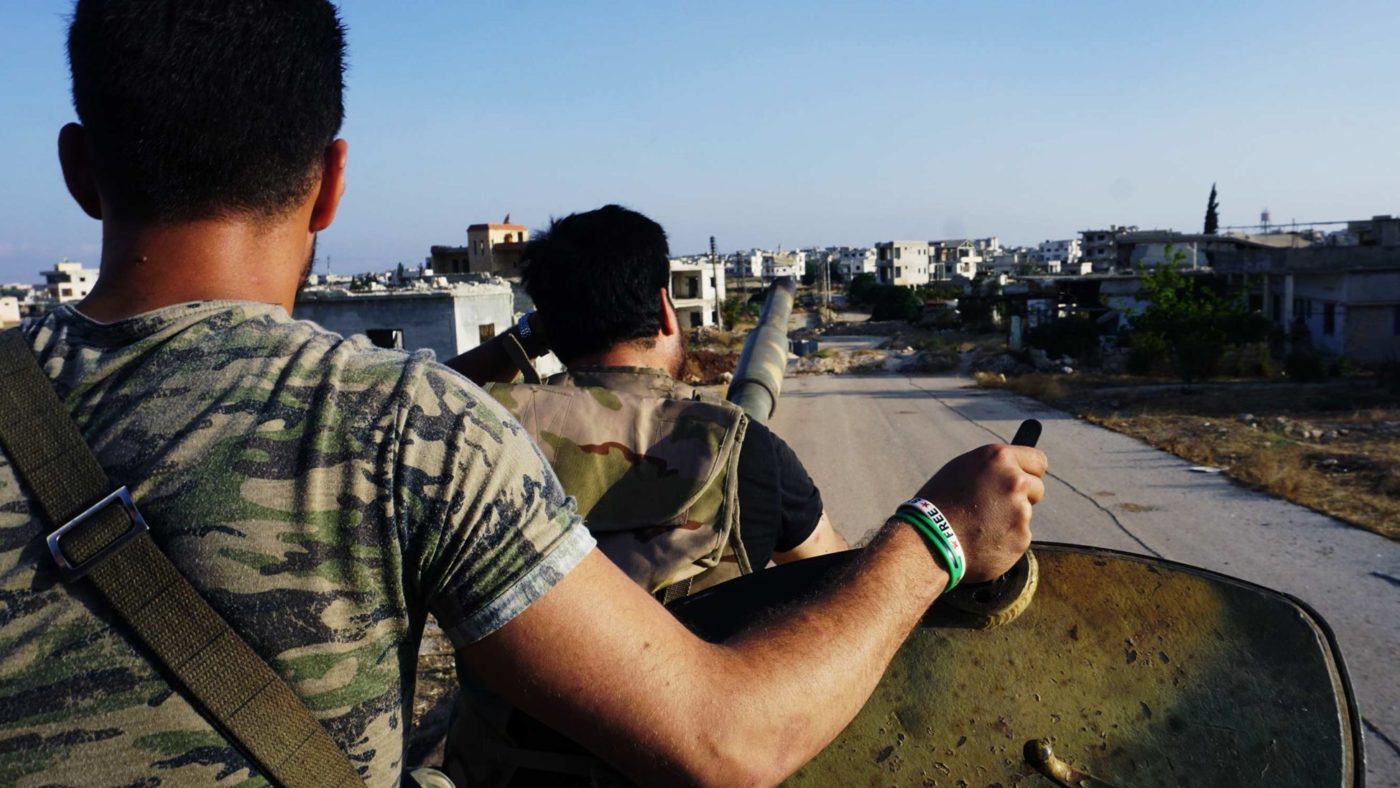The regime of Bashar al-Assad plainly believes the Syrian Civil War is entering its terminal stages. This belief is distinct from the regime’s messaging, which has consistently held that Assad was never threatened by Syria’s revolution, and that his victory was always assured.
Victory for Assad, in any sense of the word, is not inevitable. But the regime’s effective survival is certain. And its consequences are profound.
Parts of Syria which have been out of Assad’s hands for over half a decade are now in the regime’s sights. Daraa, which was where the events which spurred Syria’s revolution took place in 2011, fell at long last to the regime and its Russian and Iranian allies last month.
That looked, for a time, like the end of it. Syria’s conflict looked set to descend into a frozen state, with few active frontlines, and no threat of serious offensive action. The regime, sure of its own position but lacking in manpower and dependent on external support, seemed unlikely to mount any more of what would be hard campaigns, certain to cause real devastation.
The Kurdish-dominated northwest, protected by the airpower of the international coalition and underwritten by the United States, has seen regime incursions deflected in the past year and before. Syria’s northeast seemed safe too, protected as it was by Turkish forces, who directly assisted rebel troops in capturing territory in northern Aleppo province, and who operate widely in Idlib.
Until recently, it seemed possible that Daraa would mark the end of the regime’s capacity to act with aggression – not least because its forces are so thinly spread, and its territory is in desperate need of reconstruction, which can only be undertaken with funds released by other nations who – at least on paper – insist on certain standards of behaviour for those with whom they do business.
Now, however, that looks less likely. A major attack on Idlib province by the Assad regime, in concert with the Russian air force and other parties, is now possible. In recent days, a coming offensive has been trailed with more seriousness than ever before. There have also been facetious suggestions from regime supporters, before the assault on Daraa, that the regime’s army could either go north or south to find its next fight.
That next attack has come, and has itself given way to the prospect of another fight.
Bitter ironies abound. A frozen conflict which still contains major offensive action; a war which is perpetually said to be on the cusp of ending, and has been for nearly eight years. But worst is Idlib’s technical status as a “deconfliction zone”.
These zones, set up during the Obama administration, have always been viewed unseriously. They are hardly safe. They do not contain or ultimately encourage ceasefires. But deconfliction zones were nonetheless intended to be places were aggression is not deployed and is not tolerated.
What might happen to Idlib is grave. Regime and allied forces would meet real resistance. That could come from Turkey, which has both forces and interests in the area. It could come from Idlib’s surviving rebel groups, or from the Turkish-sponsored Syrian National Army, which is taking shape in nearby regions.
These groups alone suggest the potential for prolonged violence. But the presence of other groups would complicate and intensify any coming conflict.
Hayat Tahrir al-Sham (HTS) is commonly known to contain the Syrian war’s al-Qaeda franchise; its presence in Idlib was, in the past, both encouraged and strengthened by the regime through the cross-country transportation of HTS fighters to Idlib as part of ceasefire deals. This past co-operation would not lessen the potential violence HTS could unleash on any attackers. Another rebel group, the Syrian Liberation Front (JTS), which has recently had success in fighting HTS, complicates matters for the regime. This new coalition is battle-hardened and effective.
Another irony: the fact that HTS is present in Idlib in strength could well be used to justify the offensive itself and any violent tactics employed by the regime.
The various forces at play matter less than the sum of horror such an attack would unleash. There are millions of civilians in Idlib. Some are internally displaced, refugees blocked from entering Turkey; others were ethnically cleansed from districts which had been under siege by forces allied to the Assad regime and have found new precarious lives in Syria’s north.
All of these people would be at immense risk if the regime attacked Idlib. The regime’s usual tactic of overwhelming aerial attack would likely kill thousands. The fighting itself would be savage. HTS have fought with brutal elan across Syria. Other rebel groups, their backs against the wall, nowhere left to run, may refuse to surrender. Once Idlib falls, there is nowhere for such factions to be deported to.
Any regime attack on Idlib could become the war’s worst offensive, containing, even in contemplation, the undisguised potential for massacre.


